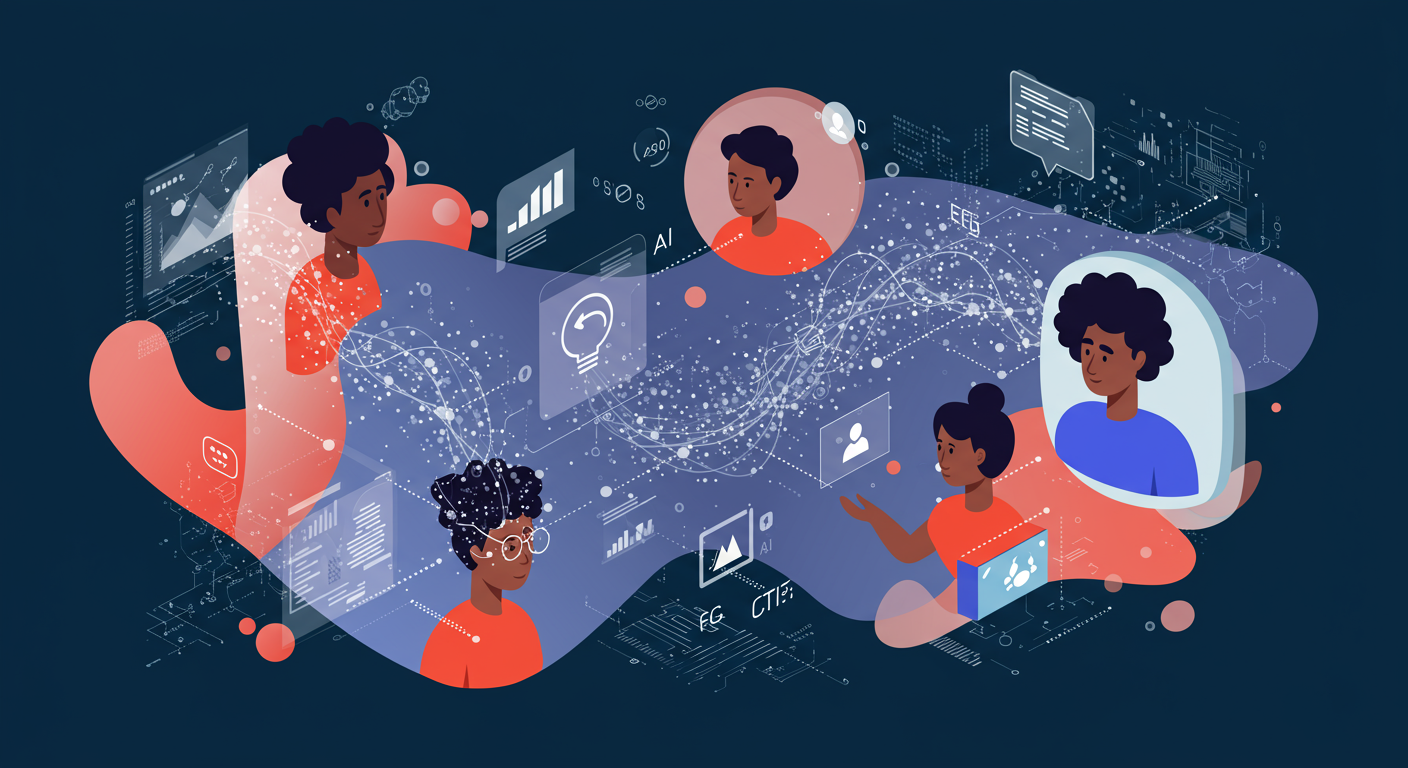The Role of AI in Powering Effective Remote and Hybrid Work Environments

The Shift to Distributed Work
The global workforce has witnessed a significant shift towards remote and hybrid work models. While offering flexibility, these models present unique challenges: maintaining seamless communication, ensuring equitable collaboration, managing projects across distances, and combating potential isolation. Artificial Intelligence (AI) is emerging as a critical enabler, providing innovative solutions to overcome these hurdles and enhance the distributed work experience.
AI-Driven Solutions for a Connected Workforce
AI tools are transforming how distributed teams collaborate and operate:
- Enhanced Communication: AI-powered tools offer intelligent noise cancellation for clearer virtual meetings, real-time translation to bridge language gaps, and automated transcription and summarization of discussions, ensuring everyone stays informed.
- Smart Scheduling & Task Management: AI algorithms can analyze team members' availability, workloads, and time zones to suggest optimal meeting times. AI can also automate task assignments, track progress, and send reminders, improving project efficiency. For more on this, check out resources like Slack's guide to hybrid work.
- Intelligent Virtual Assistants: AI virtual assistants can handle routine administrative tasks, manage calendars, filter emails, and provide quick answers to common queries, freeing up employees to focus on more strategic work.
- Personalized Learning and Onboarding: AI can tailor onboarding processes and learning paths for remote employees, providing personalized content and support based on their roles and needs.
- Well-being and Engagement: Some AI tools, used ethically and with transparency, can help analyze anonymized communication patterns or survey data to provide insights into team sentiment and potential burnout risks, enabling proactive support.
The Future of AI in Remote and Hybrid Collaboration
As AI technology continues to evolve, its role in remote and hybrid work will become even more profound. We can anticipate more sophisticated AI-driven virtual workspaces that foster a stronger sense of presence and collaboration, predictive analytics for resource allocation, and AI tools that proactively identify and mitigate collaboration challenges before they impact productivity. The goal is to create a work environment where distance is not a barrier to innovation and teamwork.